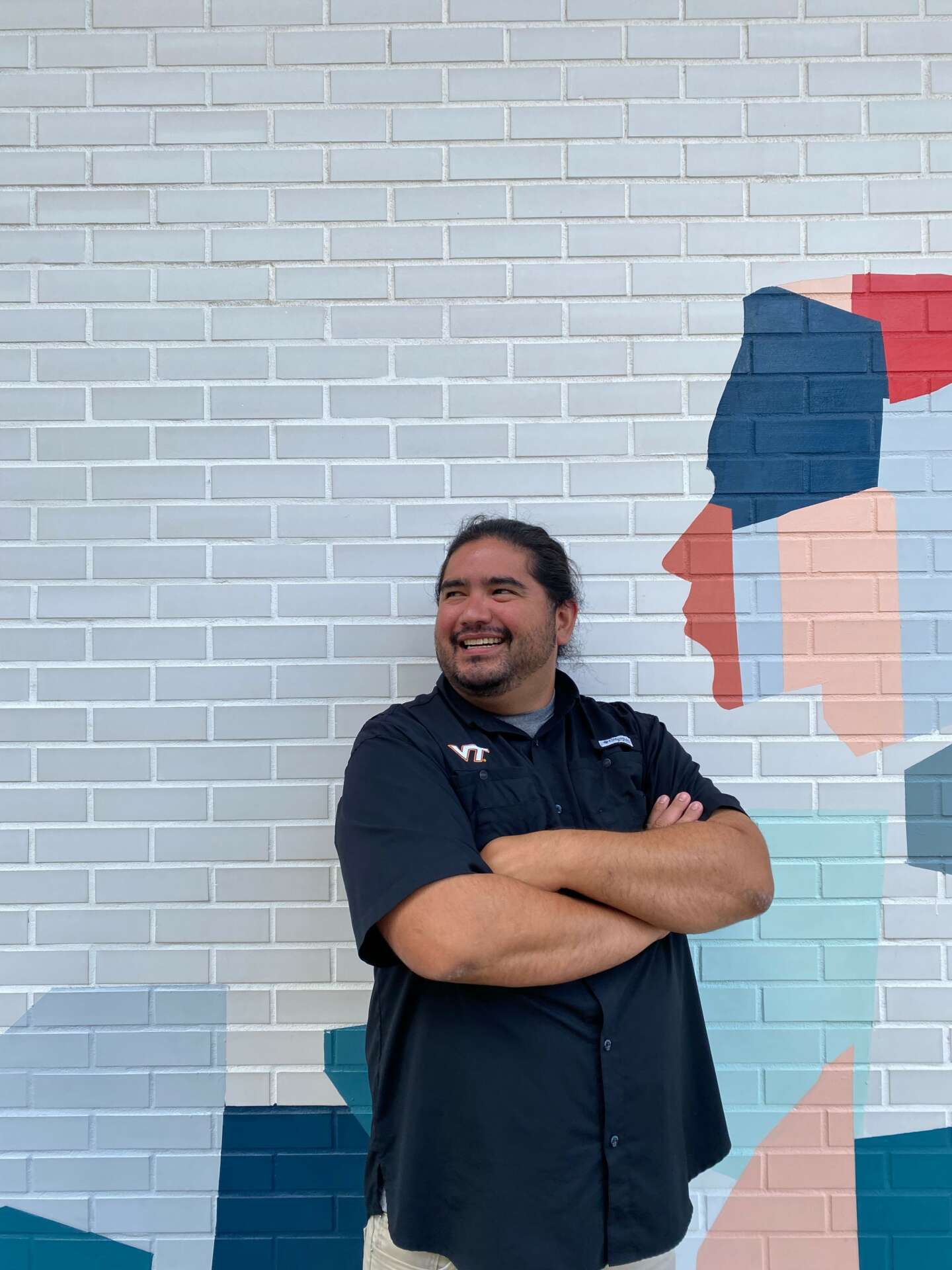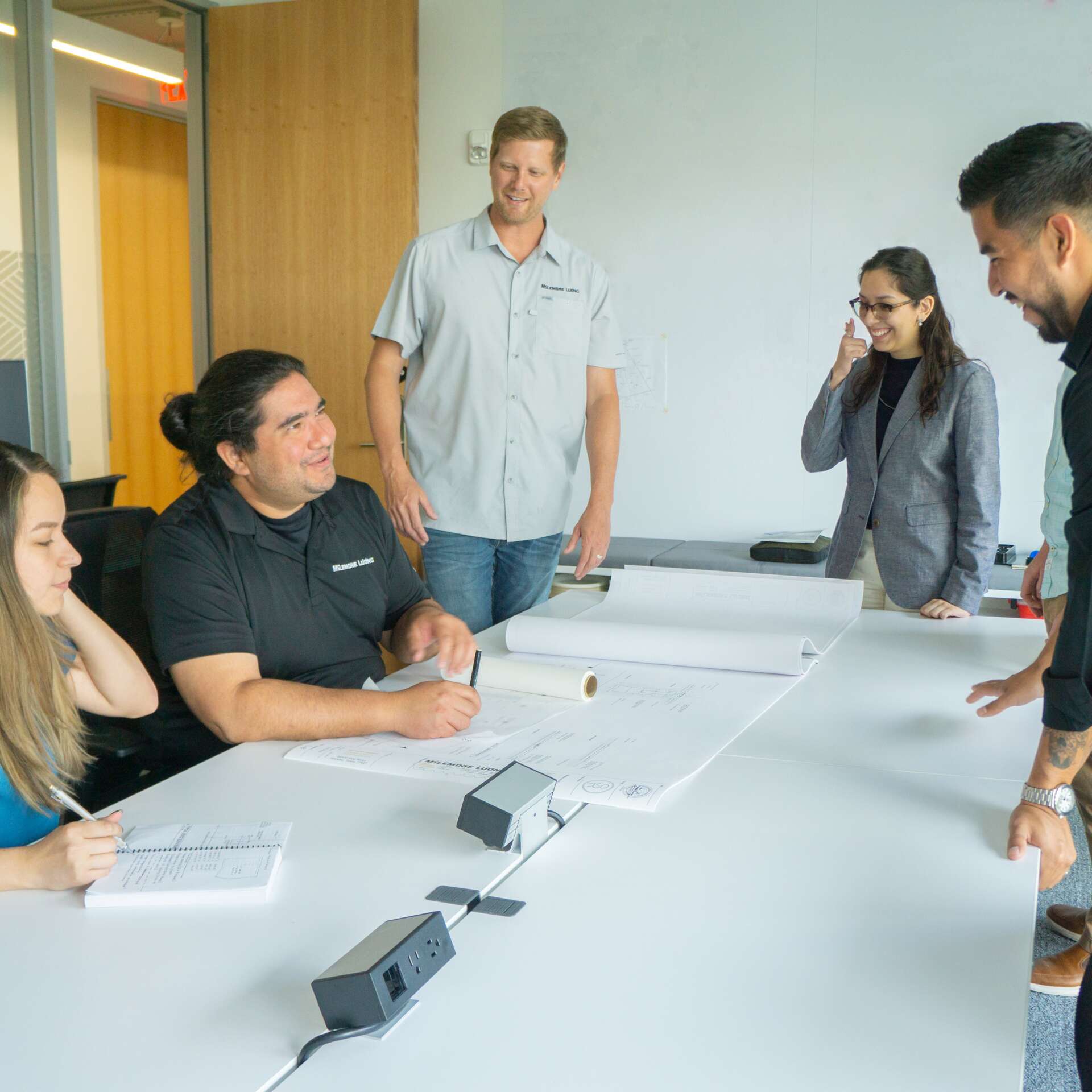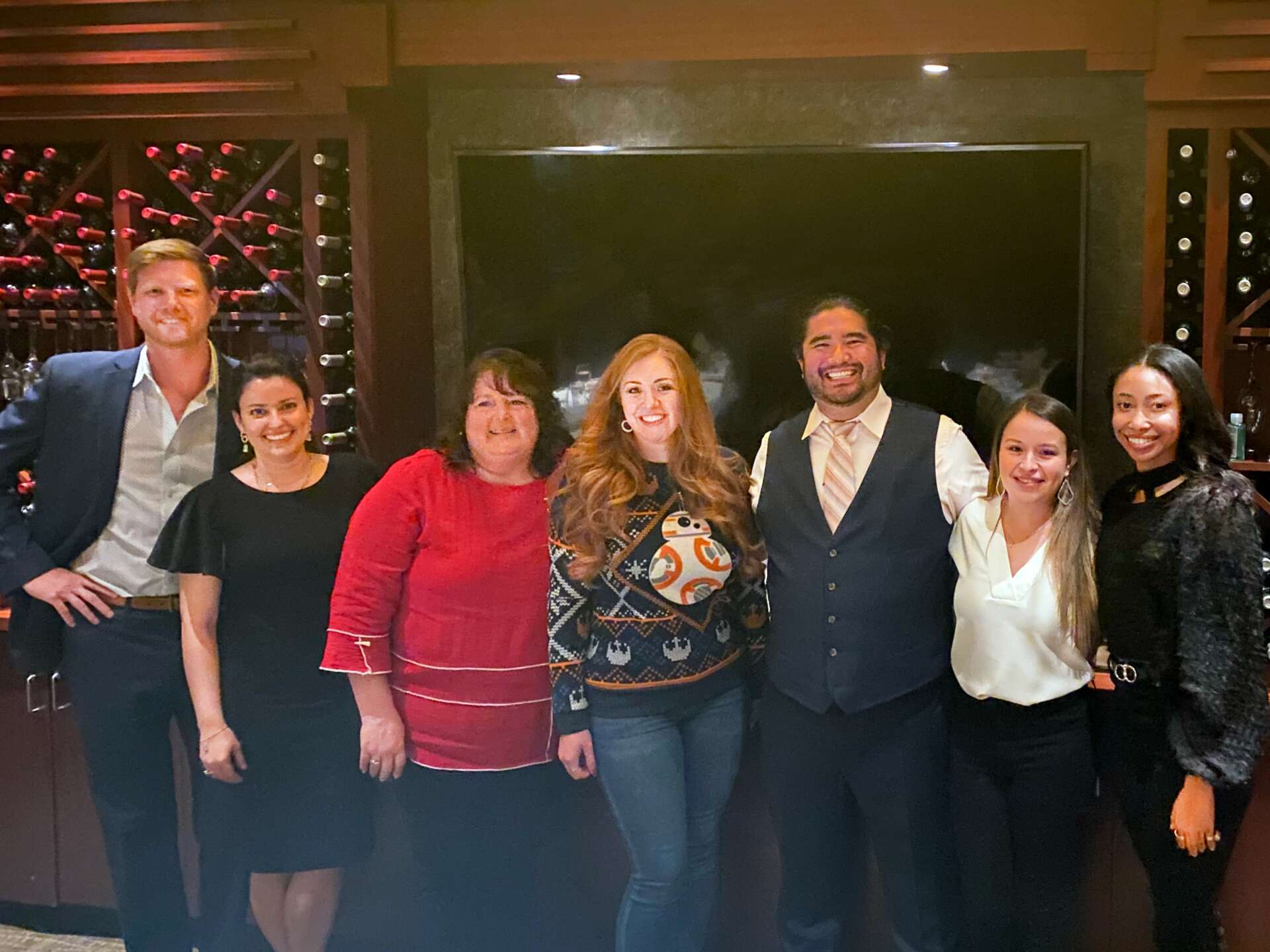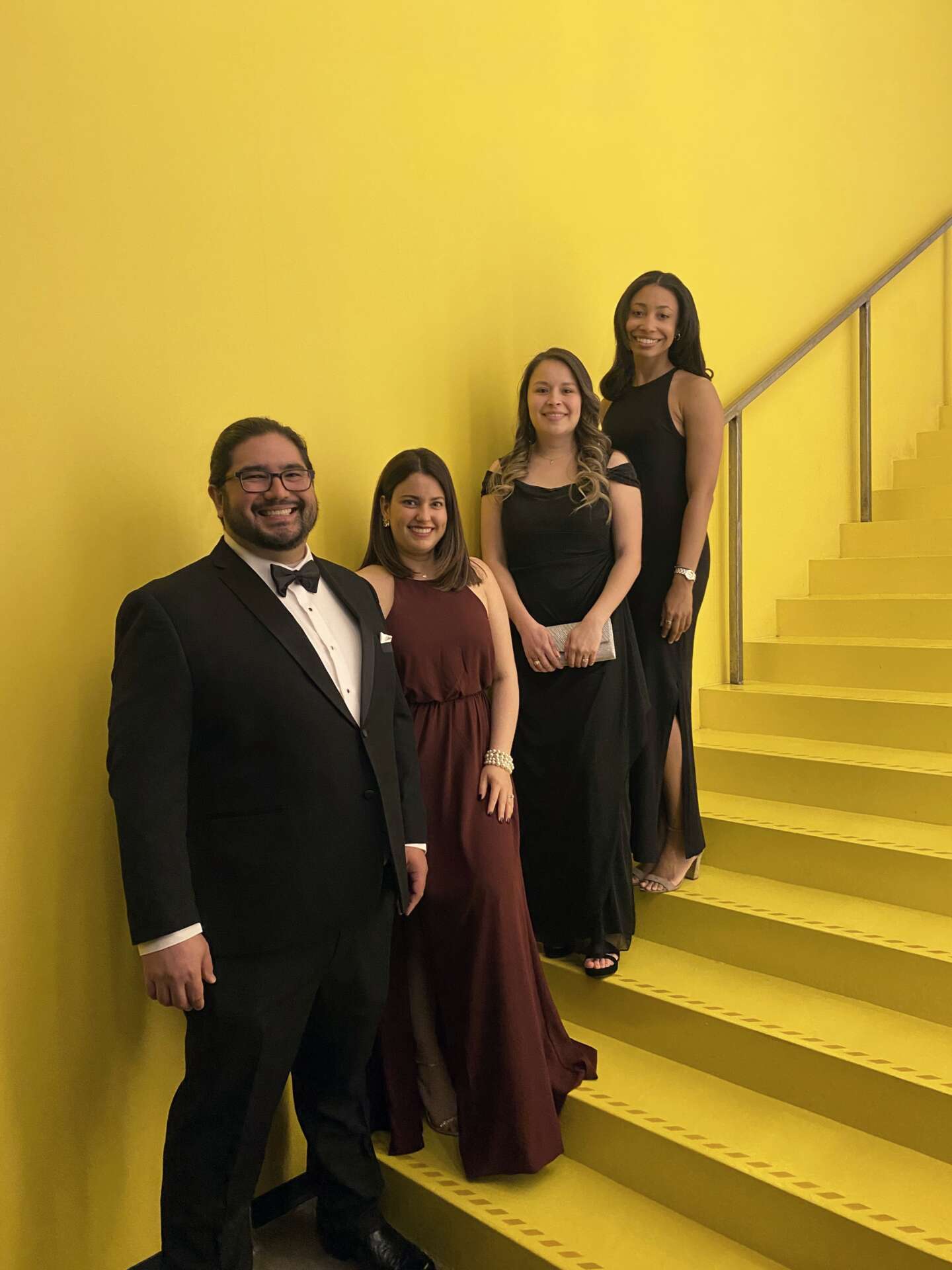We were lucky to catch up with Alec Luong recently and have shared our conversation below.
Alec, thanks for taking the time to share your stories with us today We’d love to hear your thoughts about making remote work effective.
We spent a considerable amount of time working out the back end systems of the company before we launched. The firm we previously came from was a pioneer in working out the kinks of virtual computing within architecture, and we learned a number of valuable lessons working through that deployment. Flexible back end systems are key to allowing for a flexible work environment.
Flexibility requires mobility. And within the architecture community that is difficult. The computing power required to perform the daily tasks of any given project are well beyond what the standard office worker will encounter. Even in a desktop scenario, our industry is reliant on wide screens to move through multiple windows. All of these factors are a real setback when trying to be mobile. Traditionally this was solved by purchasing very expensive, very heavy, and very hot gaming laptops. But even then, the ability to work on an airplane, or in a coffee shop, or even working between an office and home was very cumbersome. The laptop weight is a real challenge, and the cost for hardware is astronomical.
Cloud computing was our answer to this. We worked hand in hand with Microsoft to find the right virtual system that has the graphic power we needed. We selected Microsoft Surface Book’s, which have a detachable screen that can be used as a tablet. We selected software packages that were not server dependent and could be cloud controlled. And most importantly, we teamed with Project Ready to create a SharePoint based file and time management system that again didn’t rely on a server file backbone.
File security is also a huge issue for mobility. Taking laptops with local files out of the office represents a huge risk for our clients and our employees in the event that the hardware is misplaced or stolen. By using Microsoft’s security procedures on a cloud based system with controls on company purchased laptops we can ensure better security and allow for greater mobility.
All of this is to say, we created a completely cloud built, and mobile friendly back end system that our entire company runs off of – from designers to marketing and administration staff.
Each employee is issued a laptop when they are onboarded and introduced into the Project Ready system. By using Project Ready we can track how files are manipulated and the hours used to complete tasks. By having a rigorous project tracking and time management system we can build the trust necessary to make remote work a success.
Architecture is a collaborative process and profession. One of the main hurdles to remote work is the lack of collaboration around a sheet of trace paper. The “design charrette” is a critical part of how we work as an industry and a company. In acknowledgement of that, we setup a system where we require two days in the office (Tuesday and Thursdays) and allow our employees to select one other day of the week. Most everyone chooses a Wednesday. This allows us to have a the face time needed to review projects in person, set milestones, review design progress, and plan the rest of the week and into the following.
The selling point we find to our employees is that we dont necessarily talk about “remote-work”. We talk about flexibility. And in that light we find it much easier and more productive to manage our staff. Flexibility is more than just allowing someone to work from home two days a week. Its about allowing people to work in the schedule that best fits their life. We have staff that are artists, travelers, fitness gurus, and wonks. Their ability to participate in those activities that give their life meaning, purpose, and richness is critical to their well being and happiness. We encourage our employees to take advantage and indulge in those pursuits in parallel with their work schedule.
For example, we have staff who are studying for their registration exams. We pay for their “boot camps” which are weekly classes held for a few hours during the day. We also want to make sure that the workload for these employees doesn’t overtake their ability to study and learn and pass their exams. We allow them to take an additional day off a week to dedicate to their studies. They do take a pay cut to do this, but the results have spoken for themselves. For each of the employees who take this option, they have passed all of the exams in record time.
Another example are employees who have kids and need to be home. And employees that take fitness classes during the day because thats when they are offered. We encourage our employees to plan around their lives, and adjust their work hours as necessary to accomplish their work deadlines, but within the confines of their overall daily schedules.
We also want to encourage people to come to the office instead of mandating it. This sort of has a stick and carrot feel to it, but the reality is that when you offer a work environment that is also an attractive place to be, employees are more willing to come in and make better use of the space and resources afforded to them. Little things like taking monthly grocery orders so we have the right snacks, having group lunches, set training times, and others, help to make that a more attractive place to be.
These three approaches – system setup, flexibility, and office encouragement – give a more wholistic approach to how we deal with remote work.



Alec, before we move on to more of these sorts of questions, can you take some time to bring our readers up to speed on you and what you do?
I grew up working with my father managing and maintaining apartment complexes, and have always been around buildings and construction. I knew from a young age that I wanted to be an architect. I wanted to get out of Texas for college, but didn’t want to go too far away from family. I ended up at Virginia Tech where I had an aunt living nearby. I ended up graduating from Virginia Tech and working in Washington D.C. for a few years before moving back to Houston, Texas.
I have been an architect for 15 years and have worked in tiny 3 person firms all the way up to 300+ person firms. I’ve done projects that are 100’s of square feet to projects that are millions of square feet and everywhere in between. We started this firm in 2021 with everyone else in the great resignation. The professional demands of architecture are intense, and made more so when you have a family. These demands push people out of the industry at an astonishingly high rate.
We wanted to create a firm centered around the people. Where we create an environment that produces great work, but allows people to live their lives and their profession. This is a lofty goal, because the economics of this profession don’t readily lend themselves to this cause. Architecture is a profession that revolves around relationships, and when we as owners are taking care of our employees, they in turn can take care of the client relationships.
We want our employees to follow this mindset. Its not just about the bottom line. Its not just about producing the job and moving on. Our brand, and our people, are about getting to know out clients, consultants, engineers, and everyone in between. We encourage out employees to reach out, share, and relate to the people in the industry and the people on the projects. We want to acknowledge the basic humanity of the people we work with to create the projects we work on.
Do you have any stories of times when you almost missed payroll or any other near death experiences for your business?
I have always paid my bills on time. Always. Even when I was working my way through college I made sure I never missed a payment for anything – credit cards, tuition, bumming bar money, everything. It still amazes me to this day that compelling clients to pay is a major effort. We have great clients. Clients that we love working for. Clients that we know have capital. And yet paying on time is still a major effort. It absolutely confounds me.
Accounts receivables are great. But they are useless when it comes to payroll. As a small firm we do out monthly invoices around the 25th of the month, and have final review on the 30th, so that billings can go out on the first or shortly thereafter. We stay on top of all of our billings because as a startup we just didn’t have the working capital to miss am month.
We have a perfect storm of a bad billing month, and then having clients from previous billing months start to pay late. We pay monthly on the last day of the month. So when the 20th or so comes around its starts to get real fast in terms of what outstanding AR is out there and when we expect payments to arrive. In this particular month we had to make some very quick decisions knowing that we were going to fall short – and we didn’t want to put our employees in a bind knowing they’ve already given up so much to come work for us in a startup.
My partner and I decided that we would delay our individual paychecks until later in the next month when a few more clients paid. We also took advantage of QuickBooks funding – which I had never considered doing, but when you’re desperate you look at everything. I convinced a few more of my family members to chip in just one-more-time, and through those three different moves we were able to get everyone paid on time and keep sailing down the road.
Since this happened, we’ve tripled our monthly billings, and doubled our staff. We are slowly pulling ahead of our monthly profit and loss statements to save against future slow payments. This is the reality of an undercapitalized start up, but we are making it work, and slowly getting ahead.


Can you share one of your favorite marketing or sales stories?
We do a lot of public sector work, and as a start up its very hard to interview with local municipalities who have to make a decision in the best interest of the public dollar. We made a strategic decision to separate ourselves from the competition that we previously worked for. We knew how they interviewed, we knew what they wore, and how they sold themselves. Everything was highly rehearsed and choreographed. The message was about the process. The dress was always business select.
Ryan and I are different. We want to be approachable. We want to be familiar even when we are not. We decided for our first interview to walk in with just the two of us. No other staff. No other props. Just two guys, in branded fishing shirts, jeans, and boots. We were interviewing for a police station and knew that if we walked in with an army that it just wasn’t going to work. As soon as we walked in, the mayor and the police chief were sitting in the board room wearing – yup – fishing shirts, jeans, and boots.
When they asked us for our presentation we told them it was only about 5 slides. They were sort of incredulous to that. What could we possible be saying if we only had 5 slides. We reassured them that this interview would be different. What we pitched was that architecture is about trust and relationships. We didn’t need 100 slides to convey that message. What we wanted to do was have a conversation about the project. We sat, talked about our backgrounds, our family, our practice, and how we wanted to be involved in this community from the start of this project until the day we retire.
As we walked out of the interview we saw the next guys up. Blue suits, Briefcases. Red ties. We got the call about an hour later that we were selected for the job.
Contact Info:
- Website: www.mclemoreluong.com
- Instagram: mclemoreluong
- Linkedin: McLemore Luong
Image Credits
Internal MLA photos. No credits.


